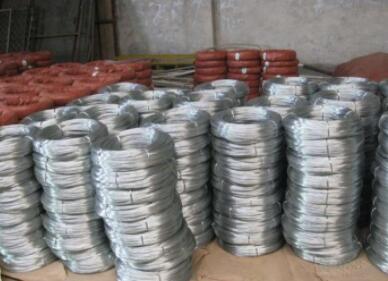How to Use Wall Plugs in Drywall A Comprehensive Guide
Wall plugs, also known as anchors, are essential for securely attaching objects to drywall, especially when it comes to hanging heavy items like shelves, mirrors, or artwork. Drywall, while widely used for interior walls, has its limitations in terms of strength and stability. This is where wall plugs come in handy. This guide will walk you through the process of using wall plugs effectively in drywall.
Understanding Wall Plugs
Before we dive into the installation process, it’s crucial to understand the different types of wall plugs available. The most common types include
1. Plastic Anchors Suitable for lightweight items, these plugs expand as you insert the screw, providing moderate support. 2. Metal Anchors Typically used for heavier loads, they can bear more weight and are ideal for shelving or TV mounts.
3. Toggle Bolts These are designed for heavy-duty applications. A toggle bolt consists of a screw and a spring-loaded toggle that opens inside the wall cavity, providing excellent support.
Tools and Materials Needed
To install wall plugs in drywall, you’ll need the following tools and materials
- Wall plugs (anchors) - Screwdriver - Drill and drill bit (appropriate size for your wall plug) - Level - Measuring tape - Pencil - Safety goggles
Step-by-Step Installation
Step 1 Determine the Weight of the Item
Before starting your project, assess the weight of the object you intend to hang. This will help you choose the appropriate type of wall plug. For items weighing less than 10 pounds, plastic anchors may suffice. For heavier items, consider metal anchors or toggle bolts.
Step 2 Find the Right Location
Use a measuring tape to find the best placement for your item. Consider the height and alignment, and mark the position on the wall with a pencil. It’s also a good idea to use a level to ensure your item will hang straight.
how to use wall plugs in drywall

Step 3 Prepare the Wall
Once you’ve marked the desired location, it’s time to drill. Use a drill bit that corresponds to the size of your wall plug. For plastic anchors, a standard 1/4 inch bit usually works well; for larger anchors, ensure your drill bit matches the specifications on the packaging.
Drill a hole in the marked spot, making sure to drill straight into the wall. Be mindful of studs behind the drywall, as hitting one can damage both your drill bit and the wall.
Step 4 Install the Wall Plug
Insert the wall plug into the hole you’ve drilled. You might need to tap it lightly with a hammer to ensure it is flush with the wall surface. If you are using a toggle bolt, fold the toggle and insert it into the hole. Once it’s inside, pull on the bolt until the toggle opens up against the backside of the drywall.
Step 5 Attach the Item
Now that the wall plug is secured in place, it’s time to attach your item. Align the object with the wall plug and insert the screw into the wall plug. Use a screwdriver to tighten the screw until it is snug, but be careful not to overtighten, as this could damage the drywall or the plug itself.
Step 6 Finishing Touches
Once the item is securely hung, step back and ensure it’s aligned properly with the level. Make any adjustments if necessary. Clean the area of any debris generated during the drilling process.
Safety Tips
- Always wear safety goggles when drilling to protect your eyes from dust and debris. - Be mindful of electrical wires and plumbing that may be behind the drywall. If you’re unsure, consider using a stud finder. - If the object is particularly heavy, consider adding additional anchors to distribute the weight more evenly.
Conclusion
Using wall plugs in drywall is straightforward once you understand the types available and follow the installation process carefully. By selecting the right anchor for your project and taking the necessary safety precautions, you can safely and securely hang a wide range of items on your drywall, enhancing both functionality and aesthetics in your home. Whether you’re a DIY enthusiast or a novice, mastering the art of using wall plugs will open up a world of possibilities for your interior design projects.

















